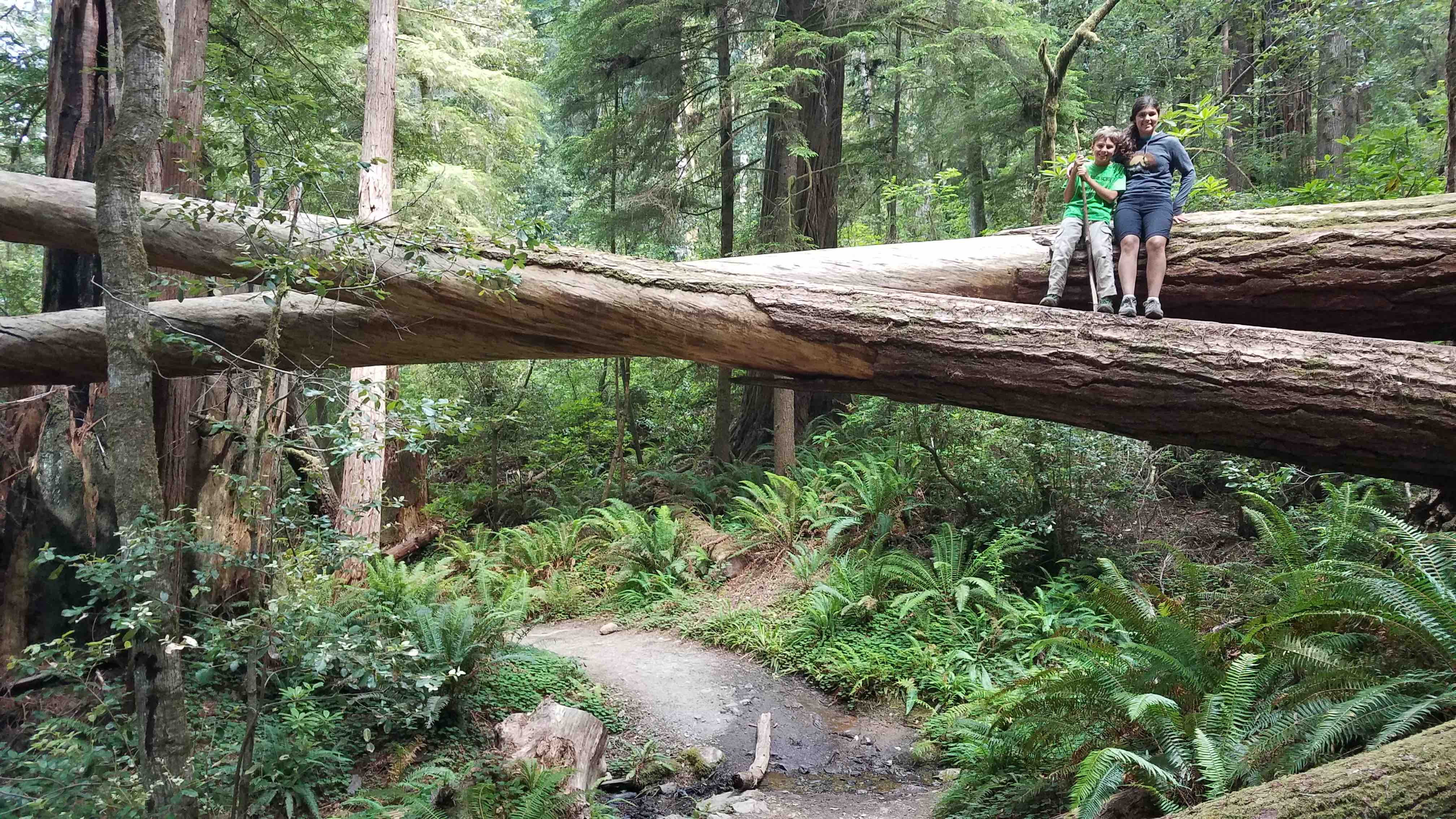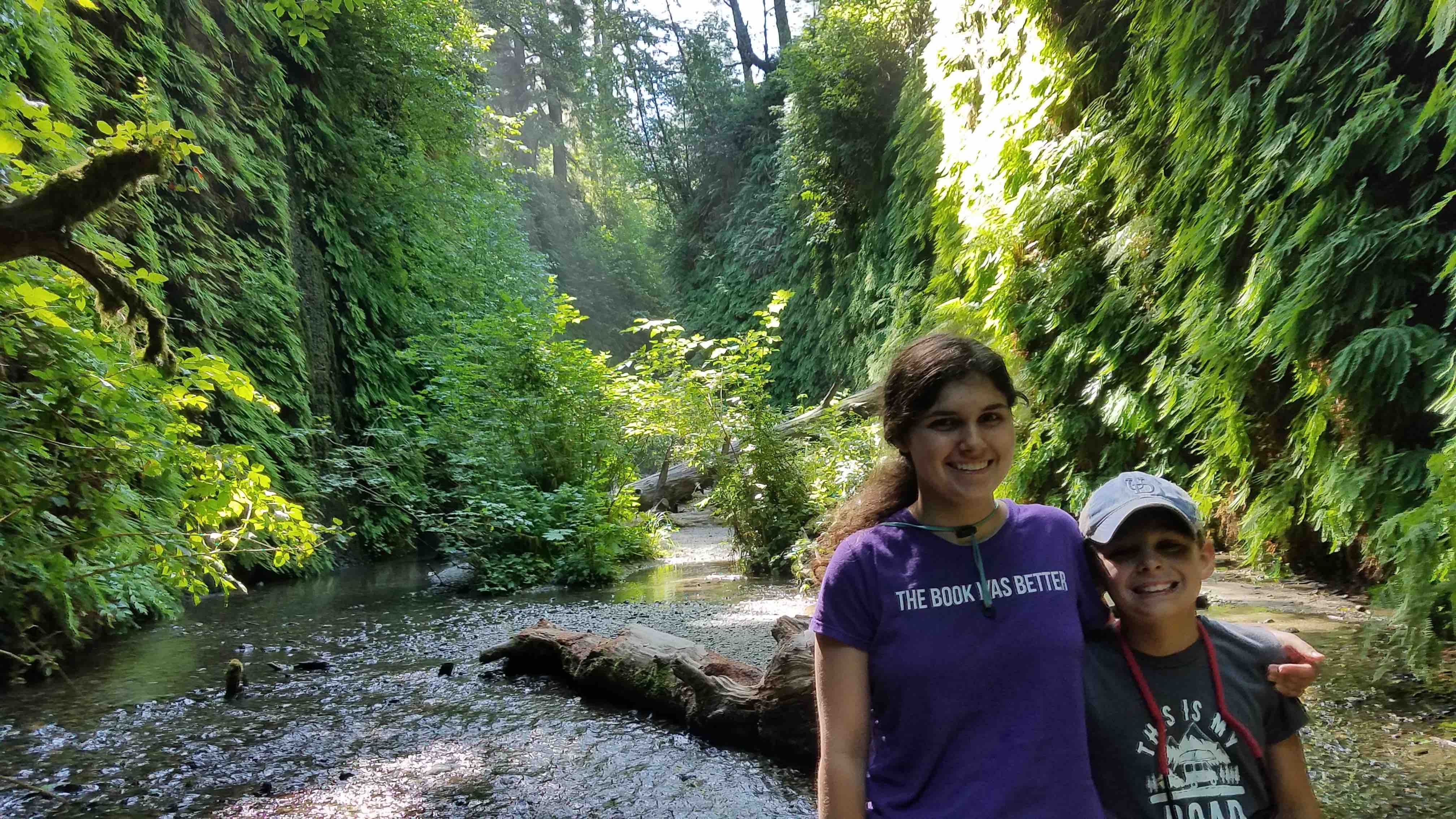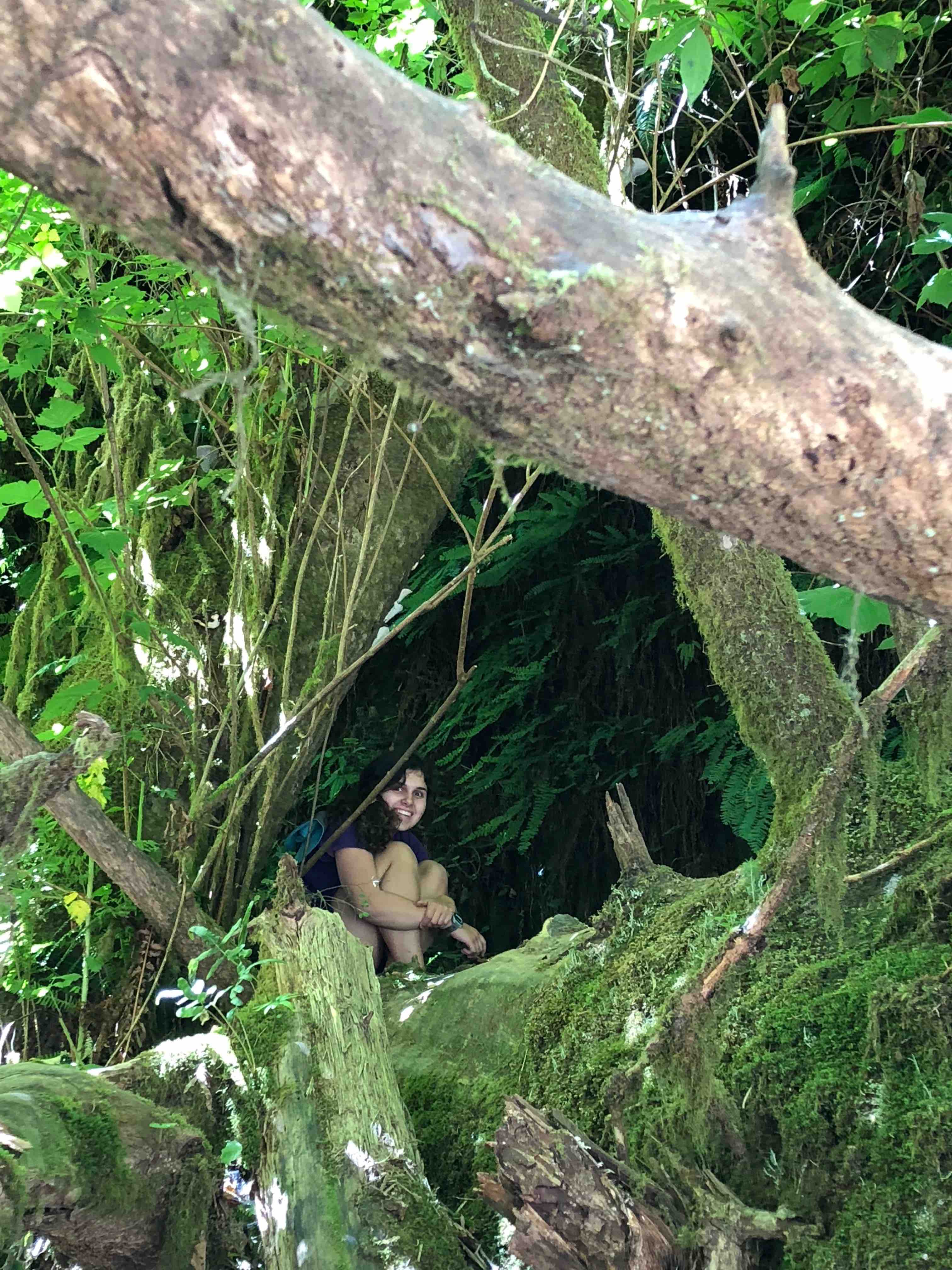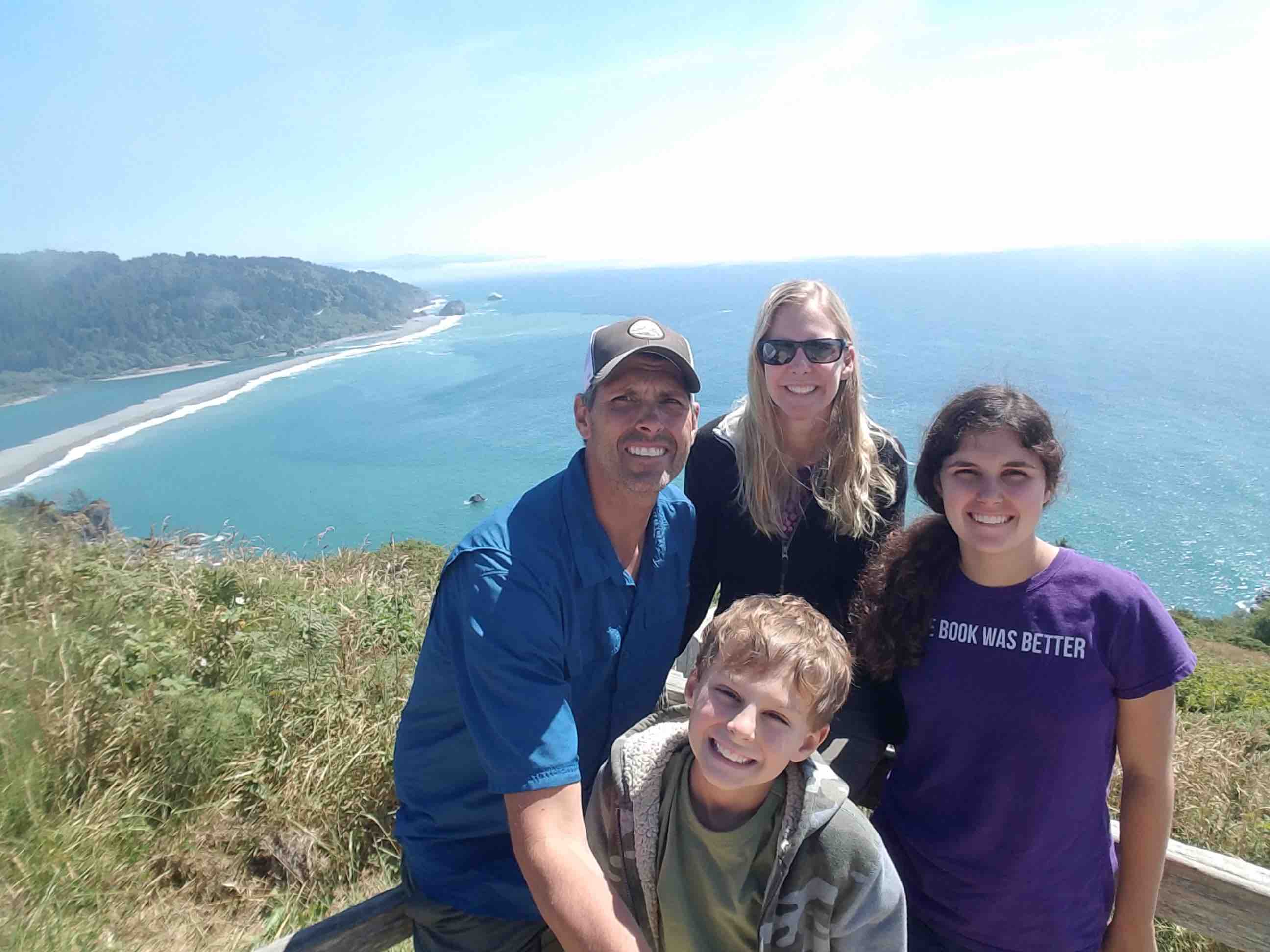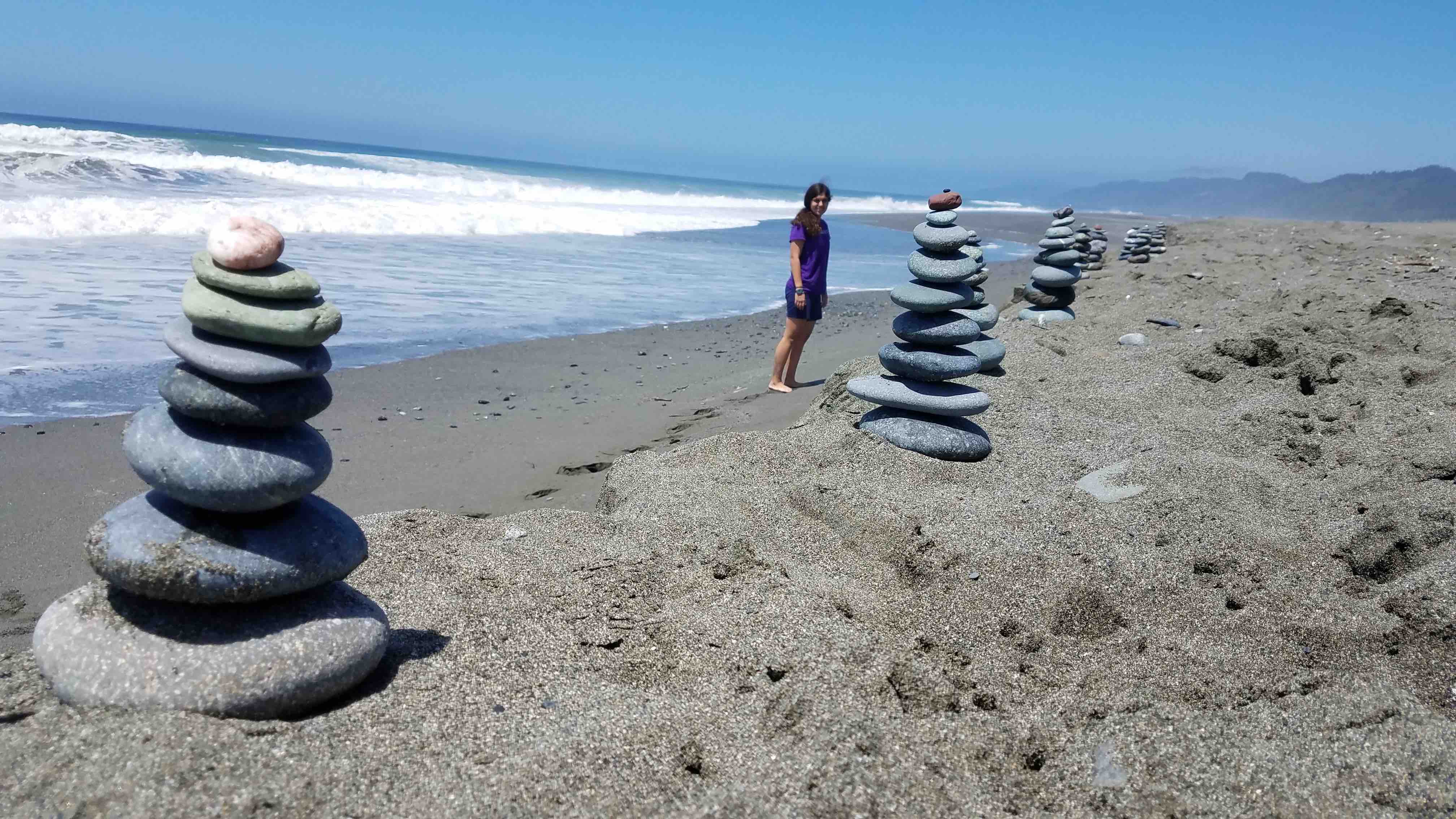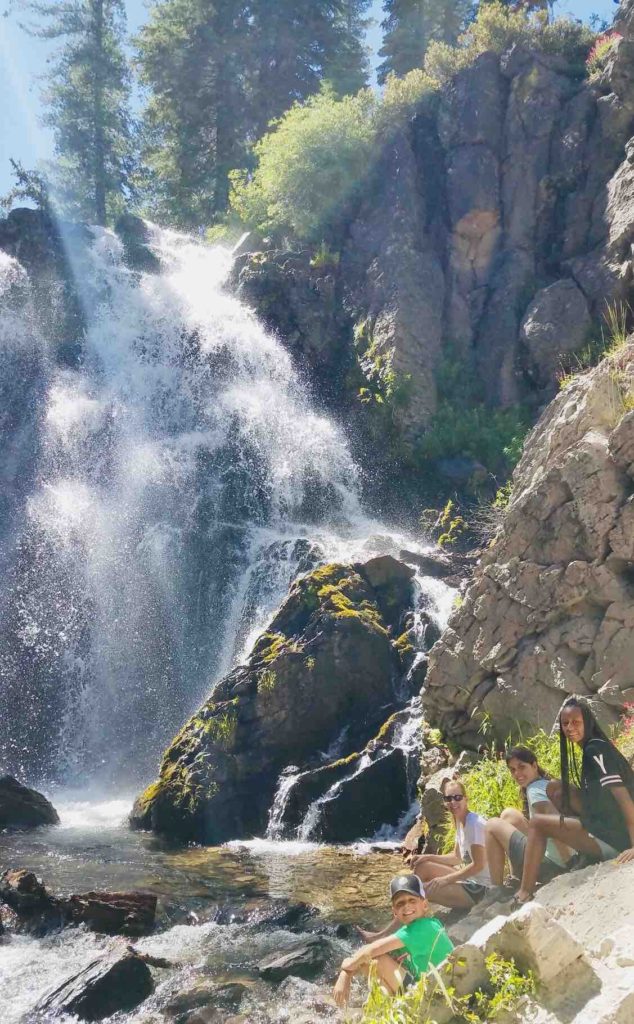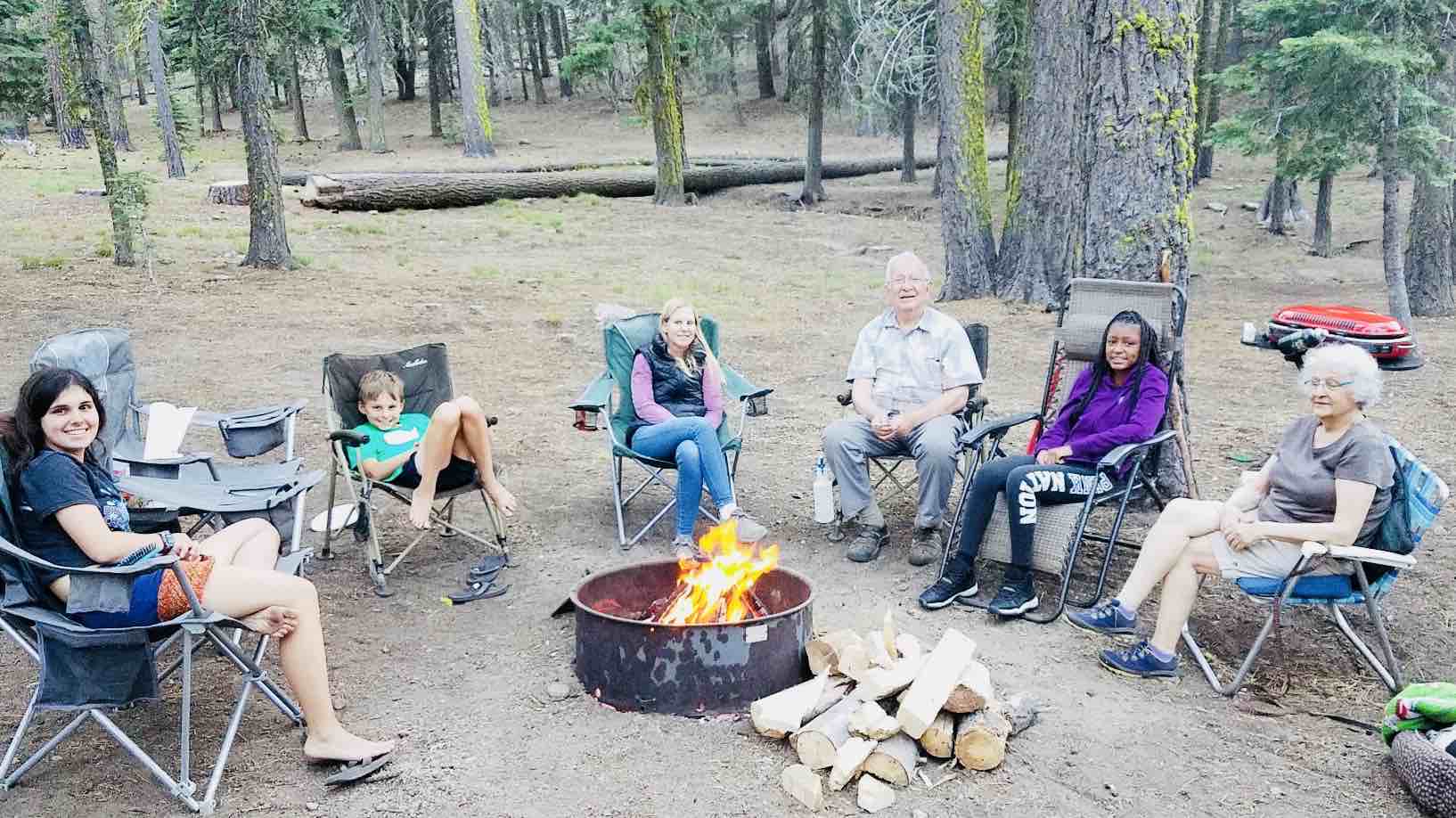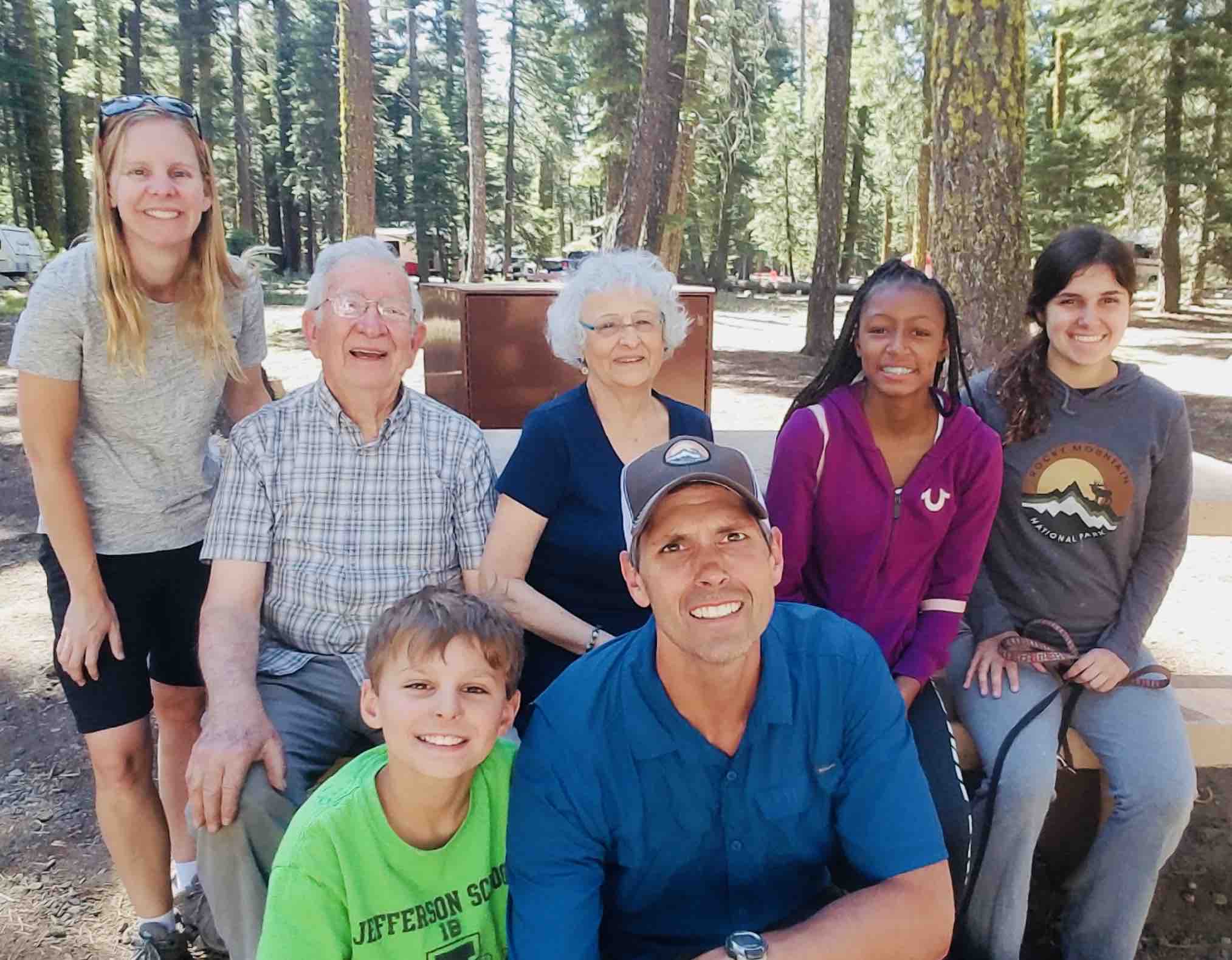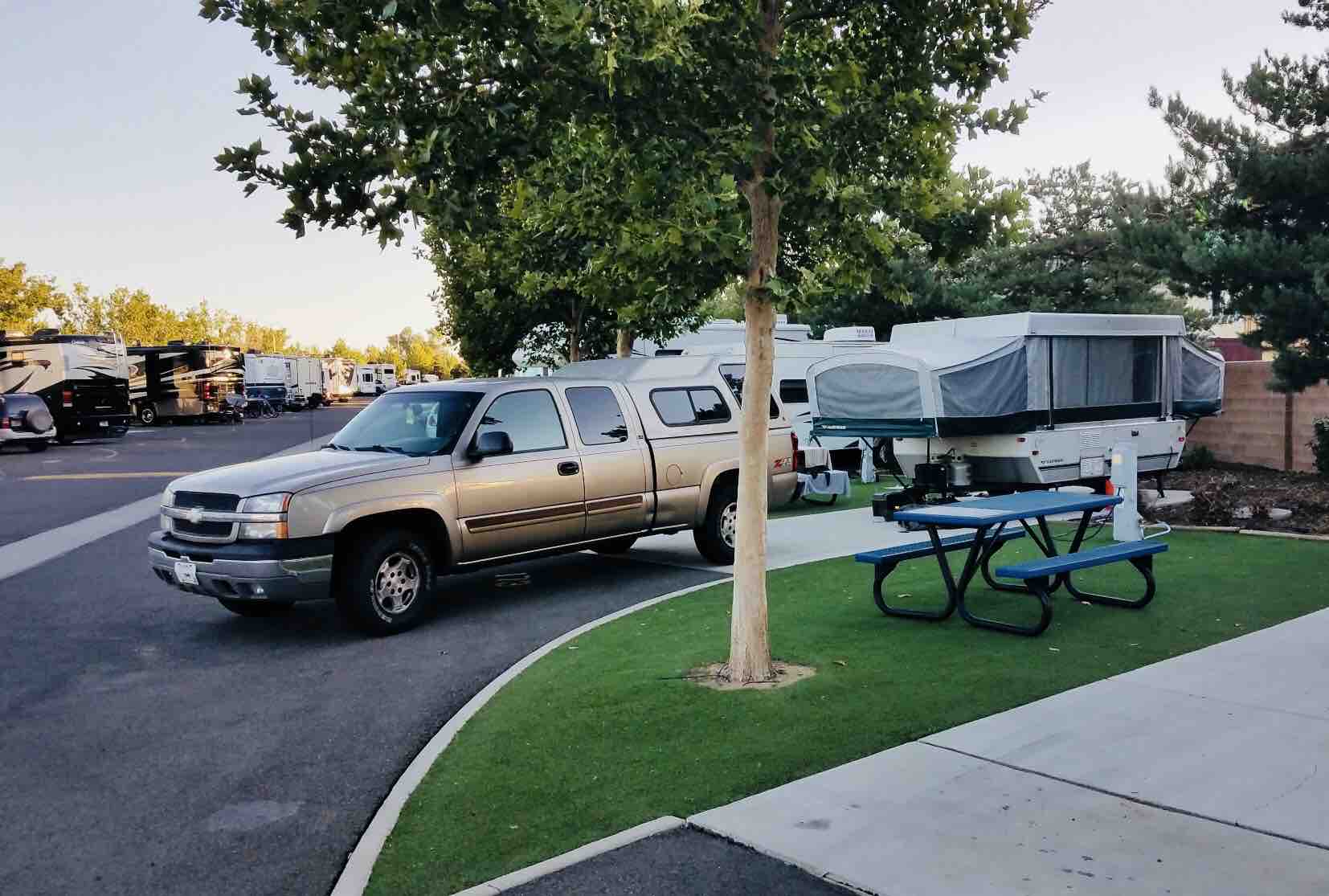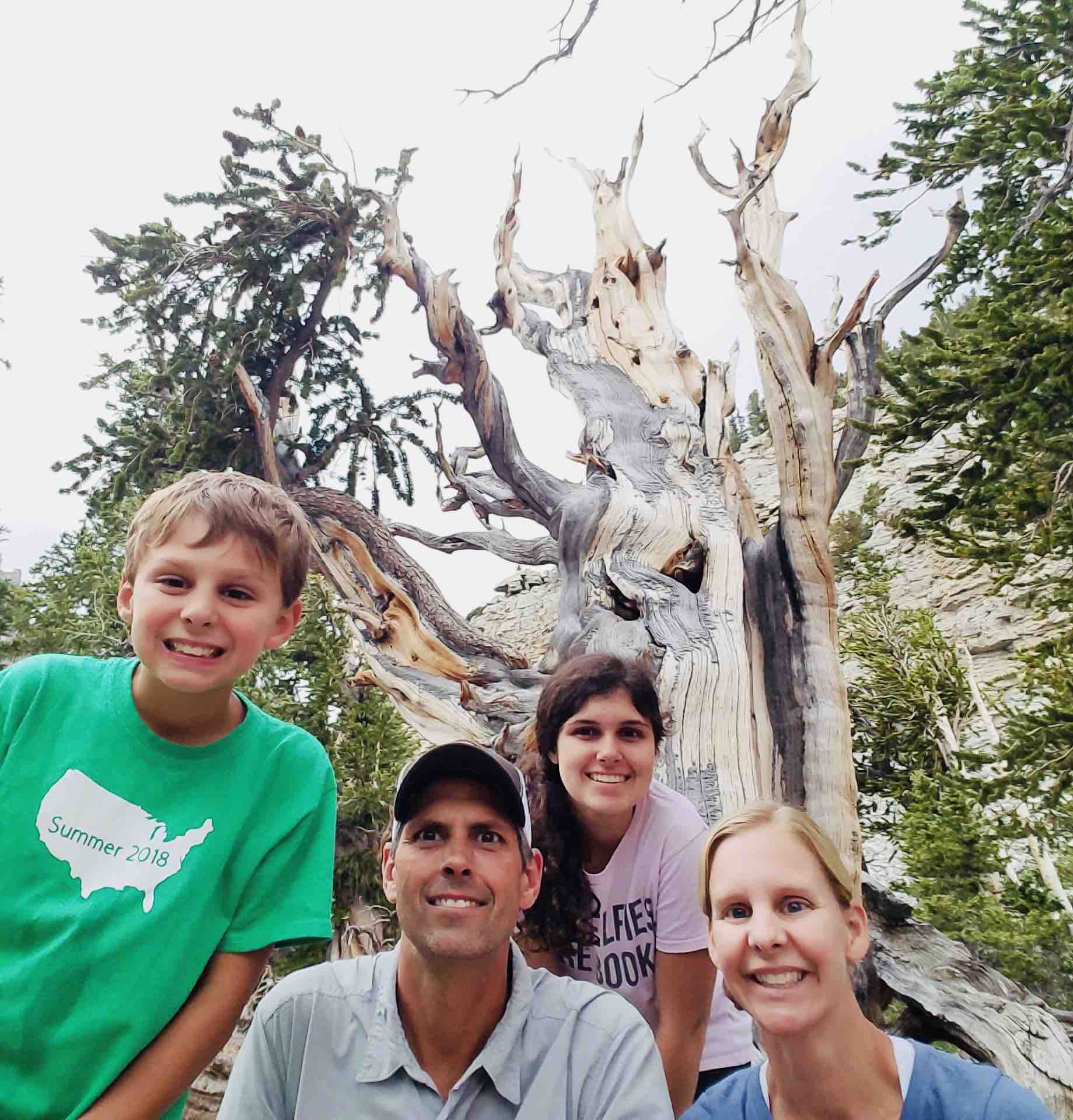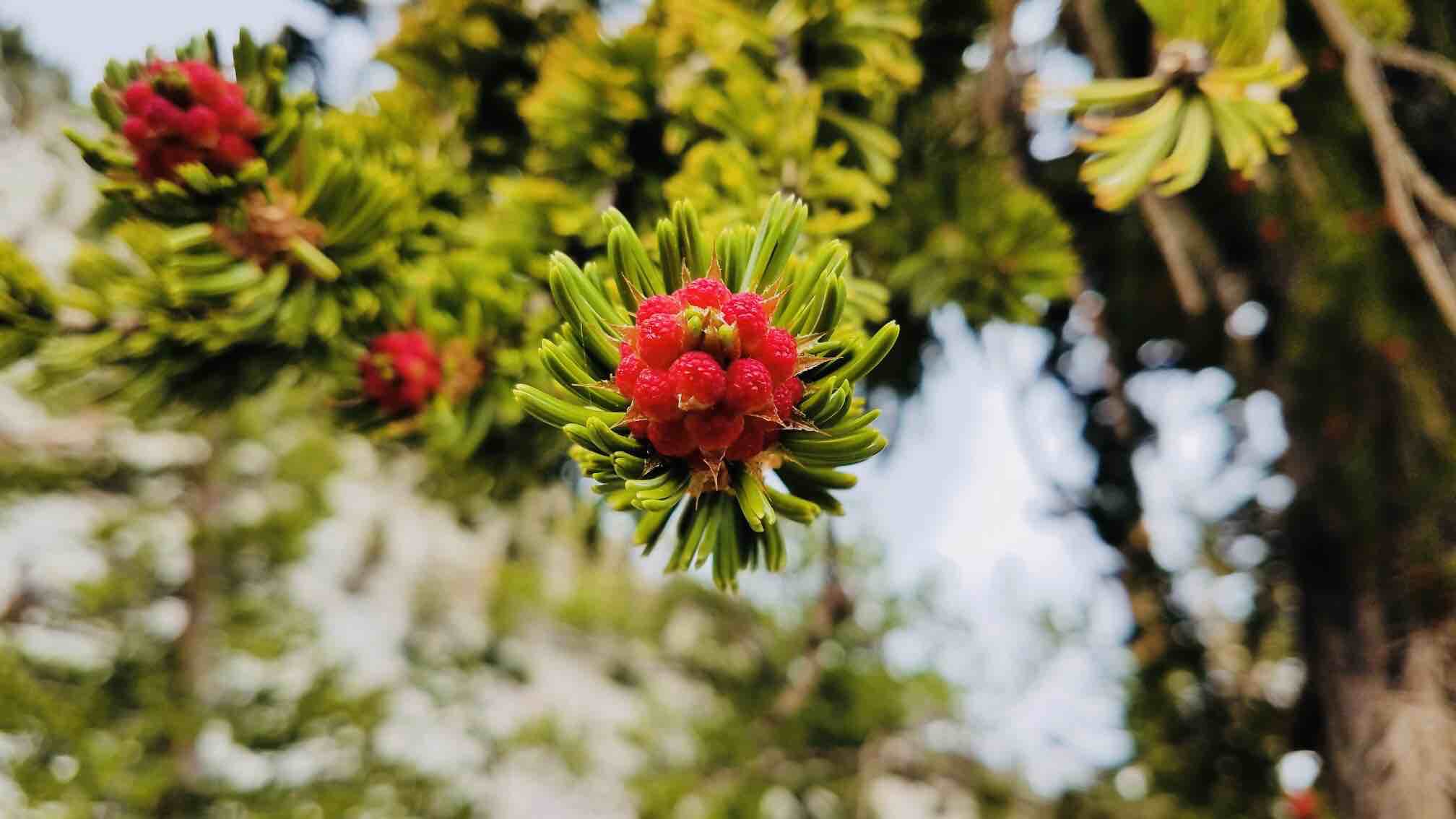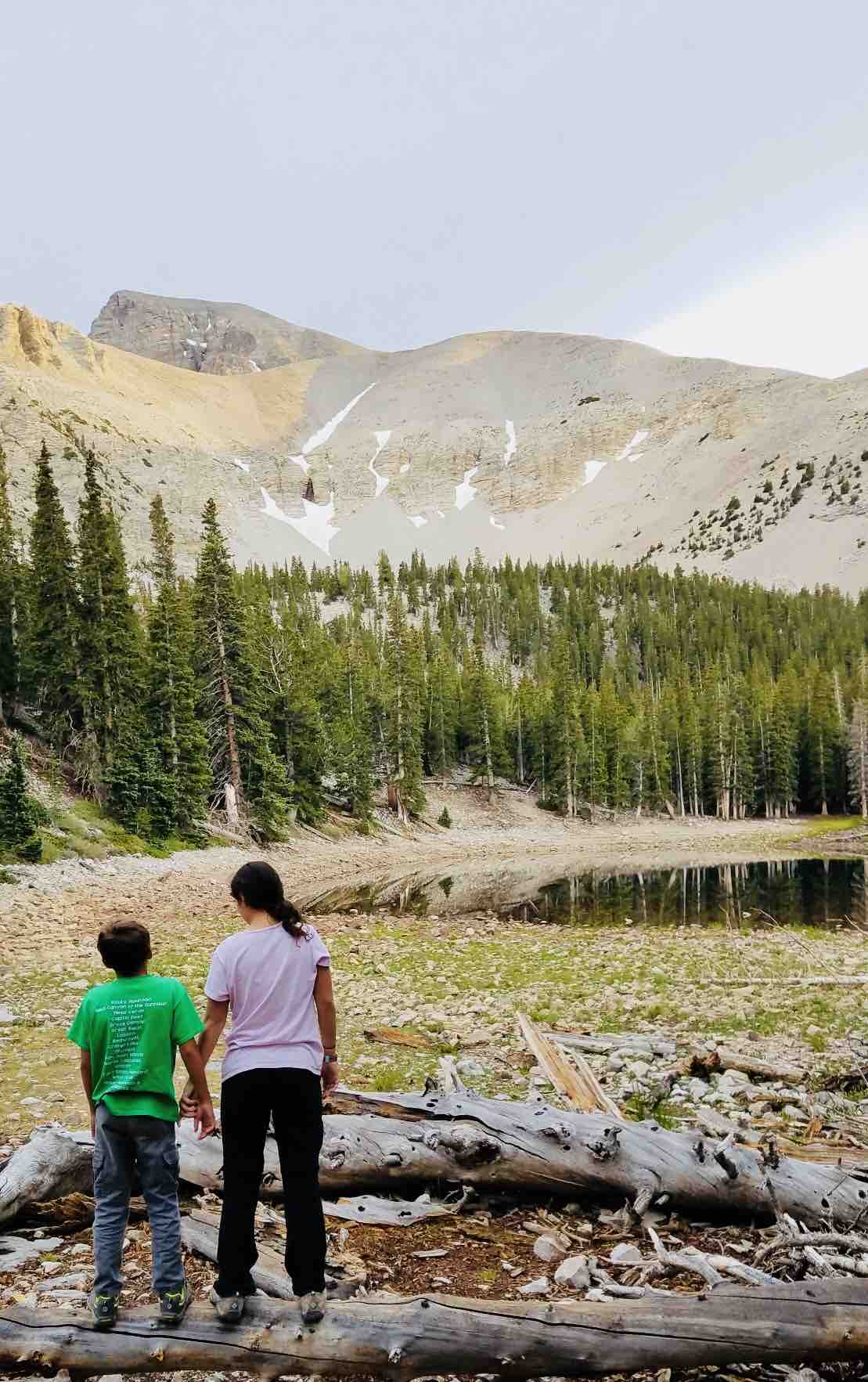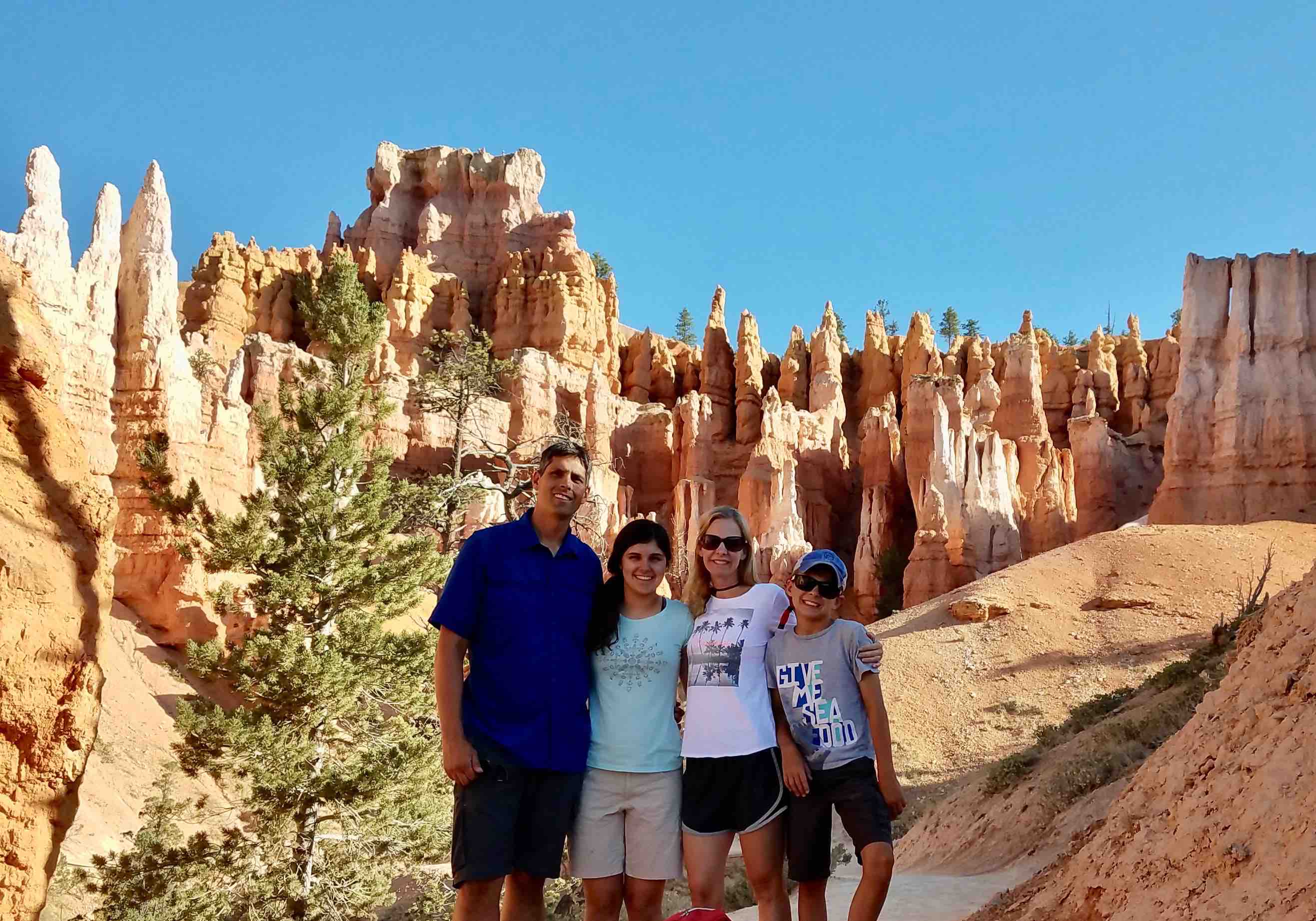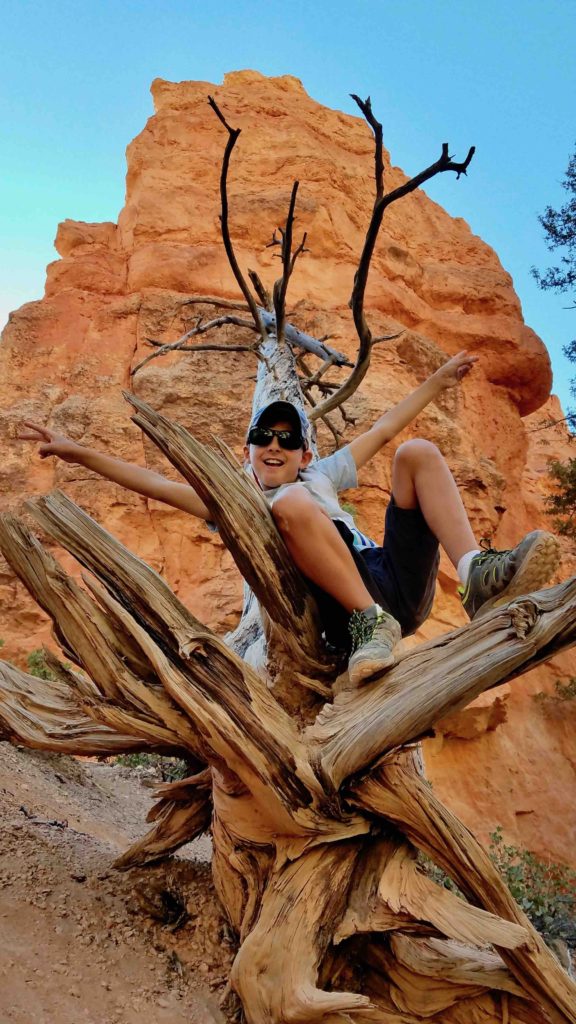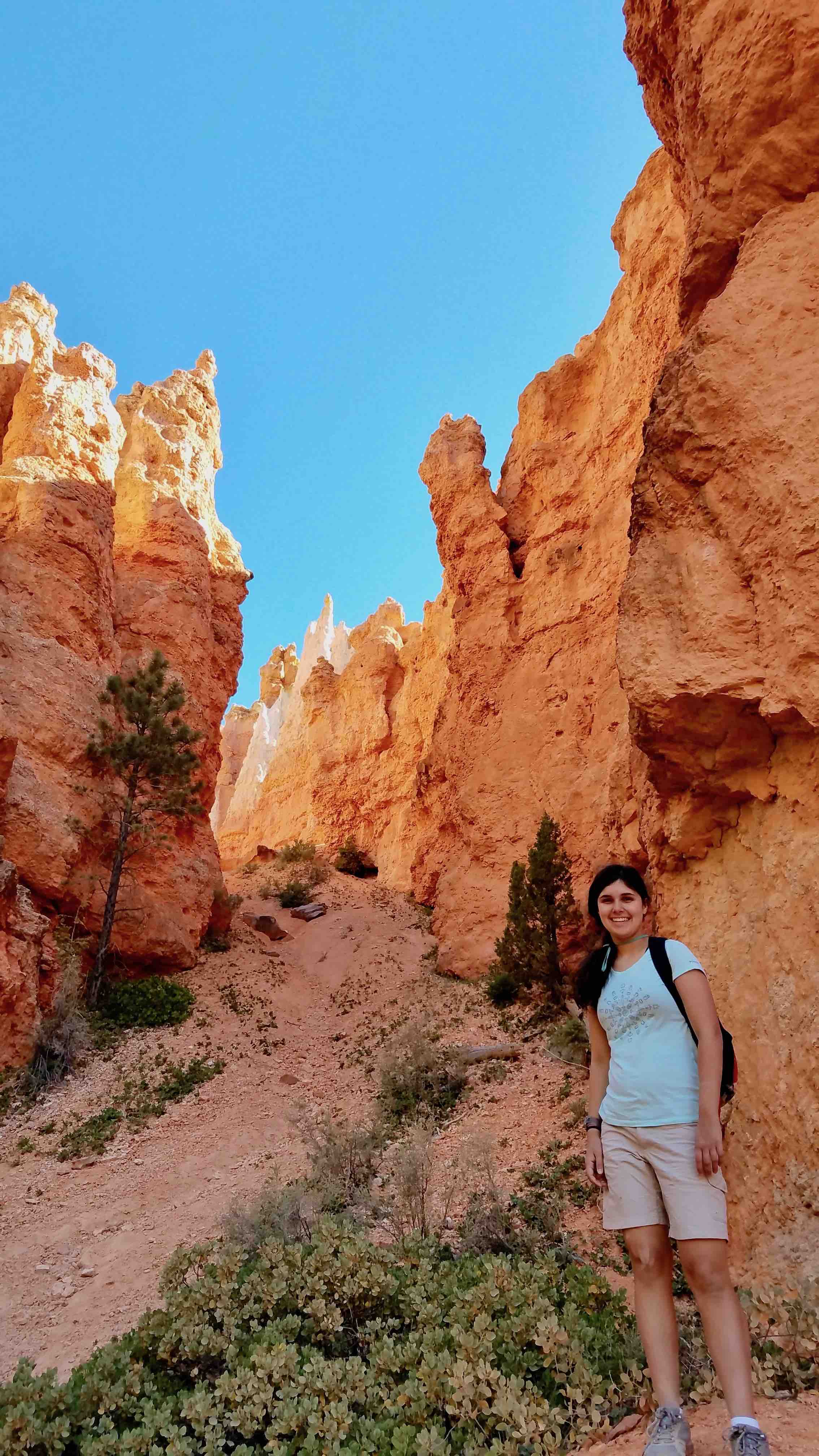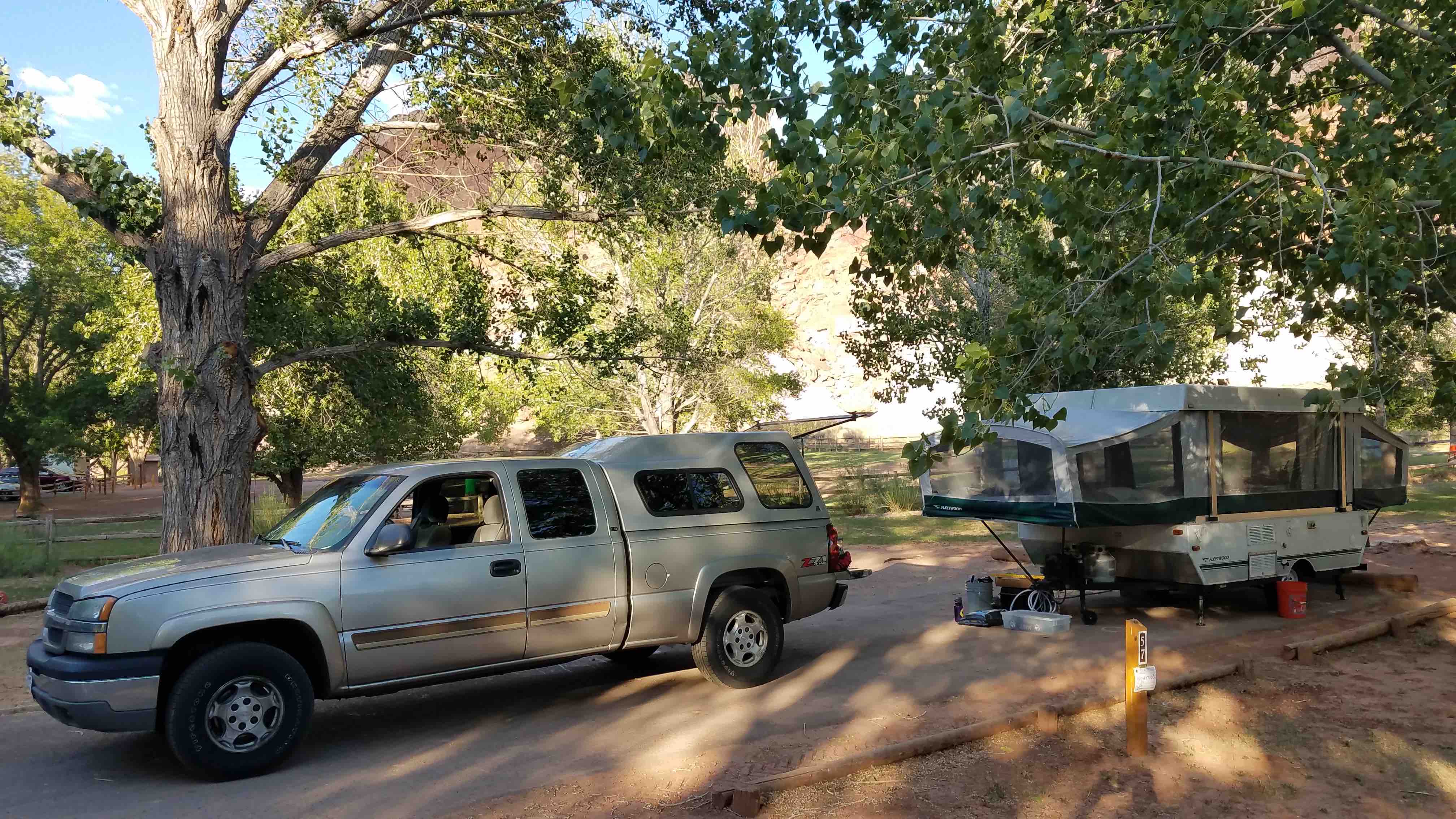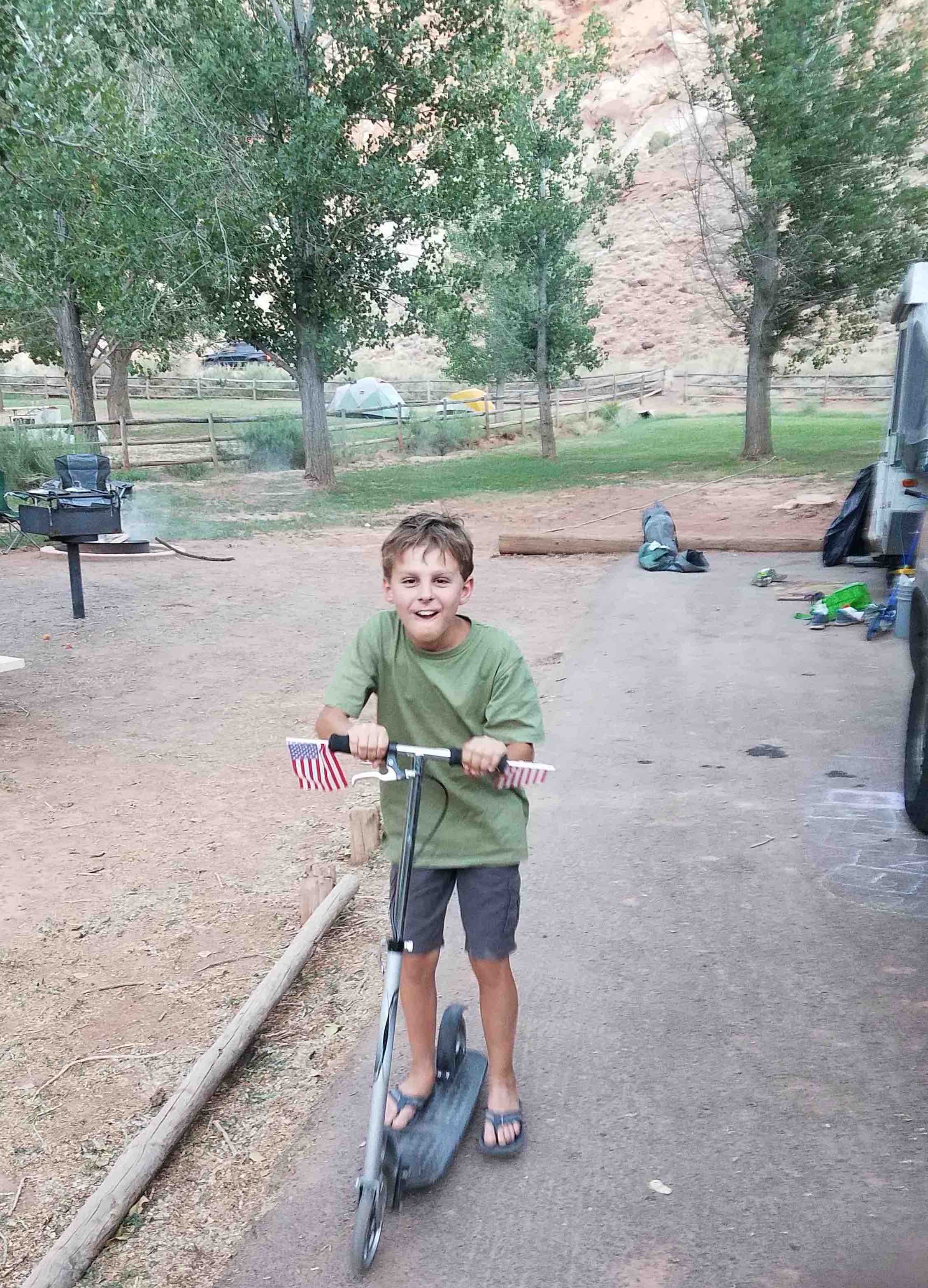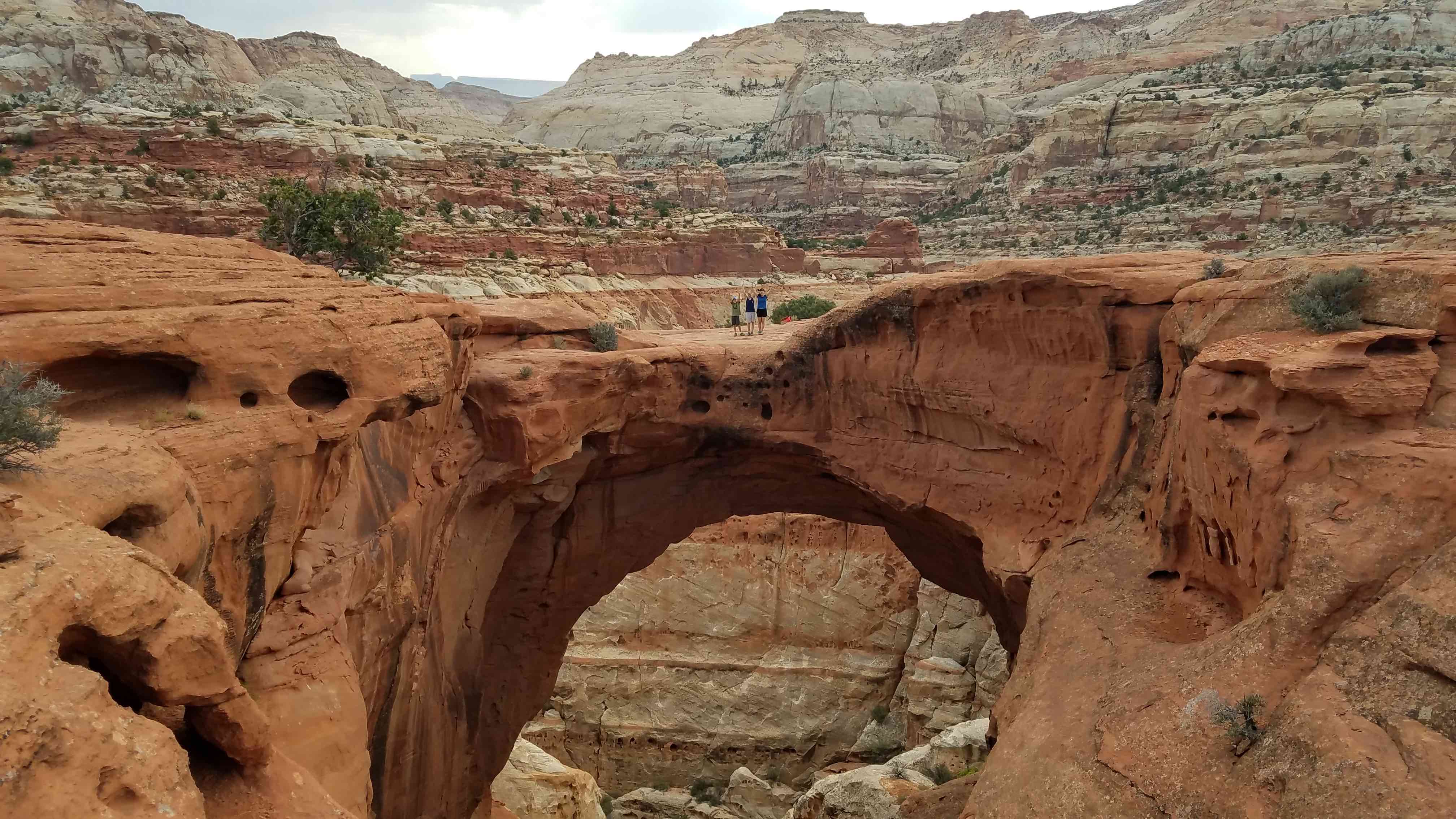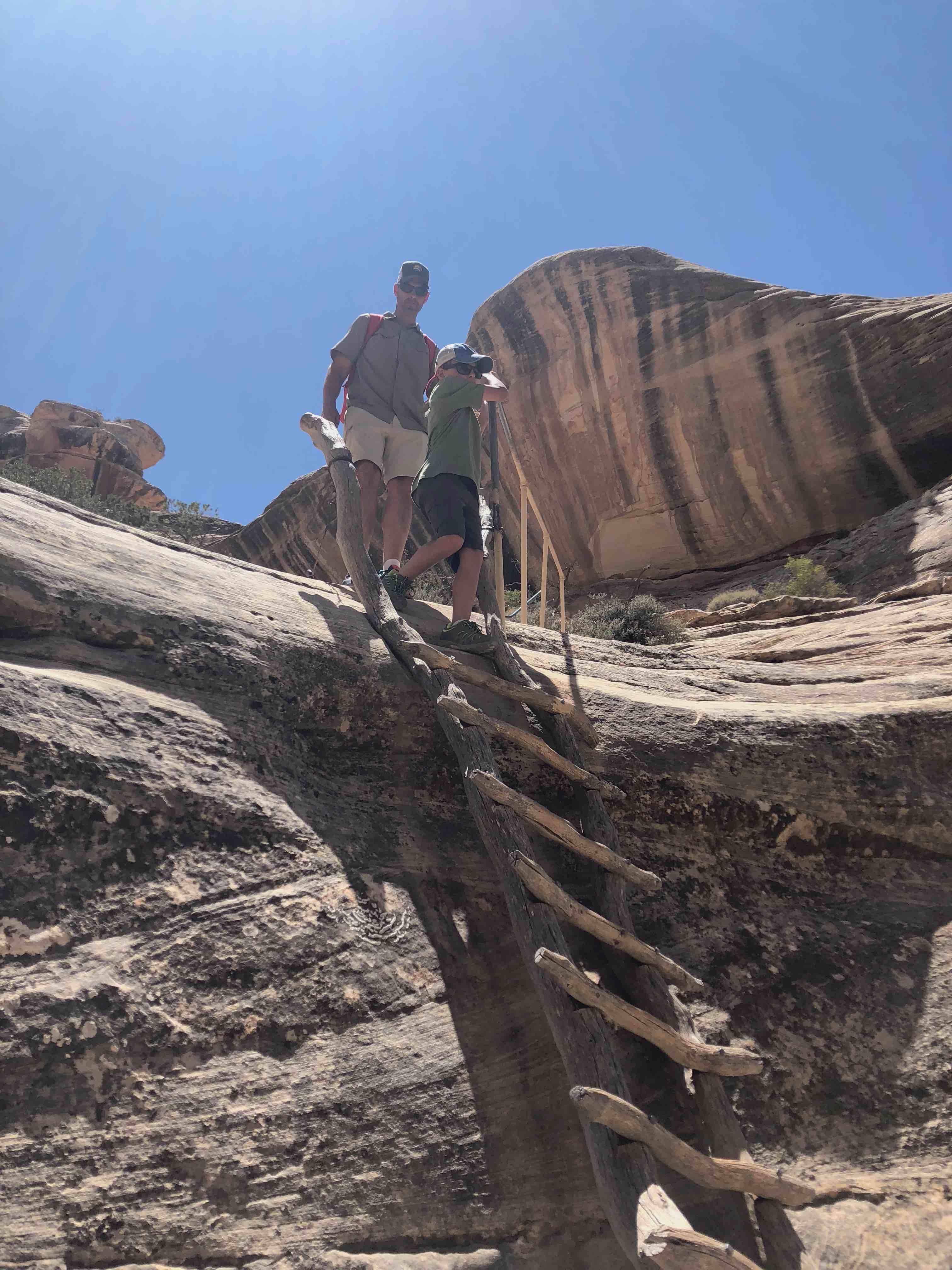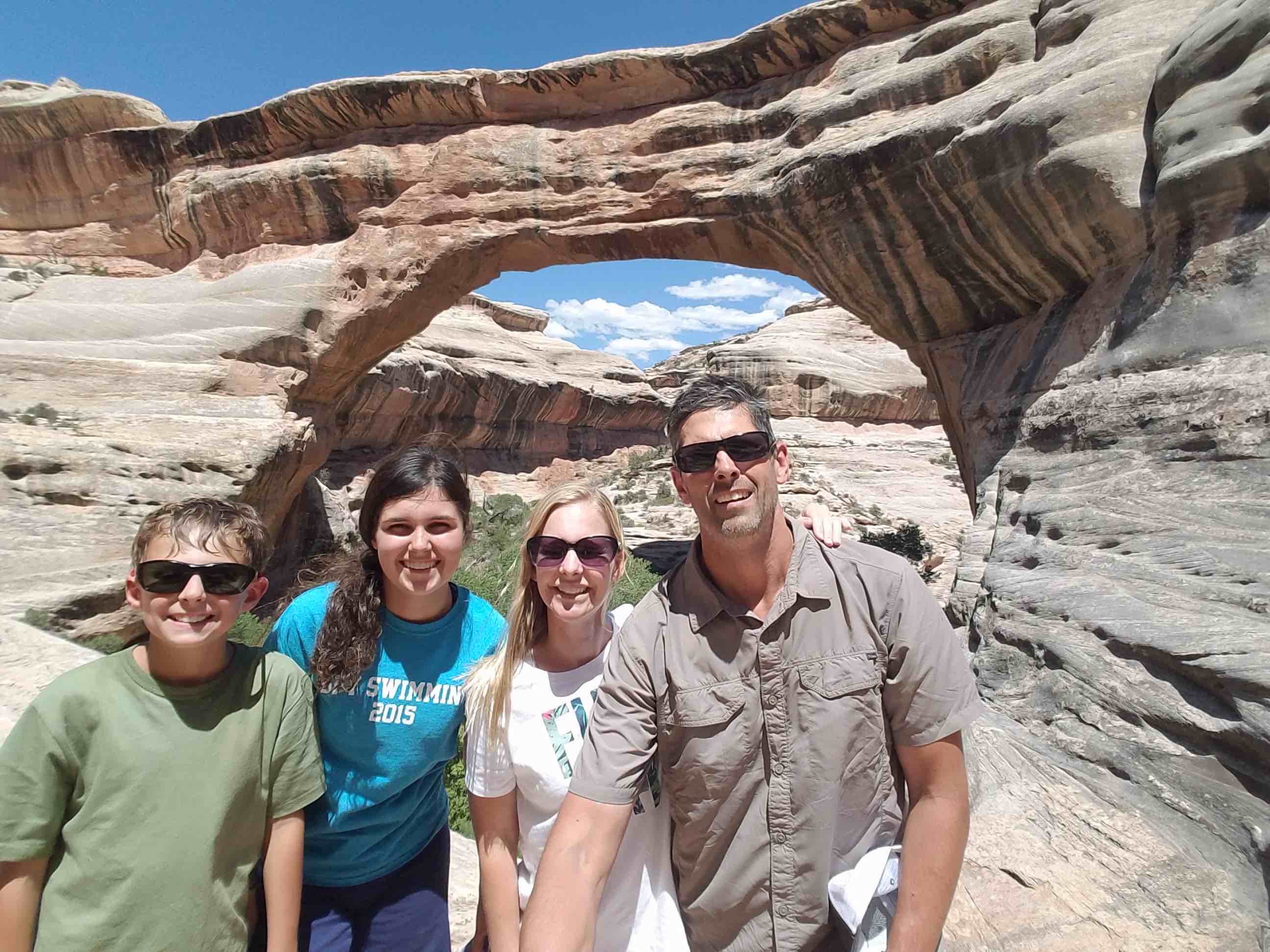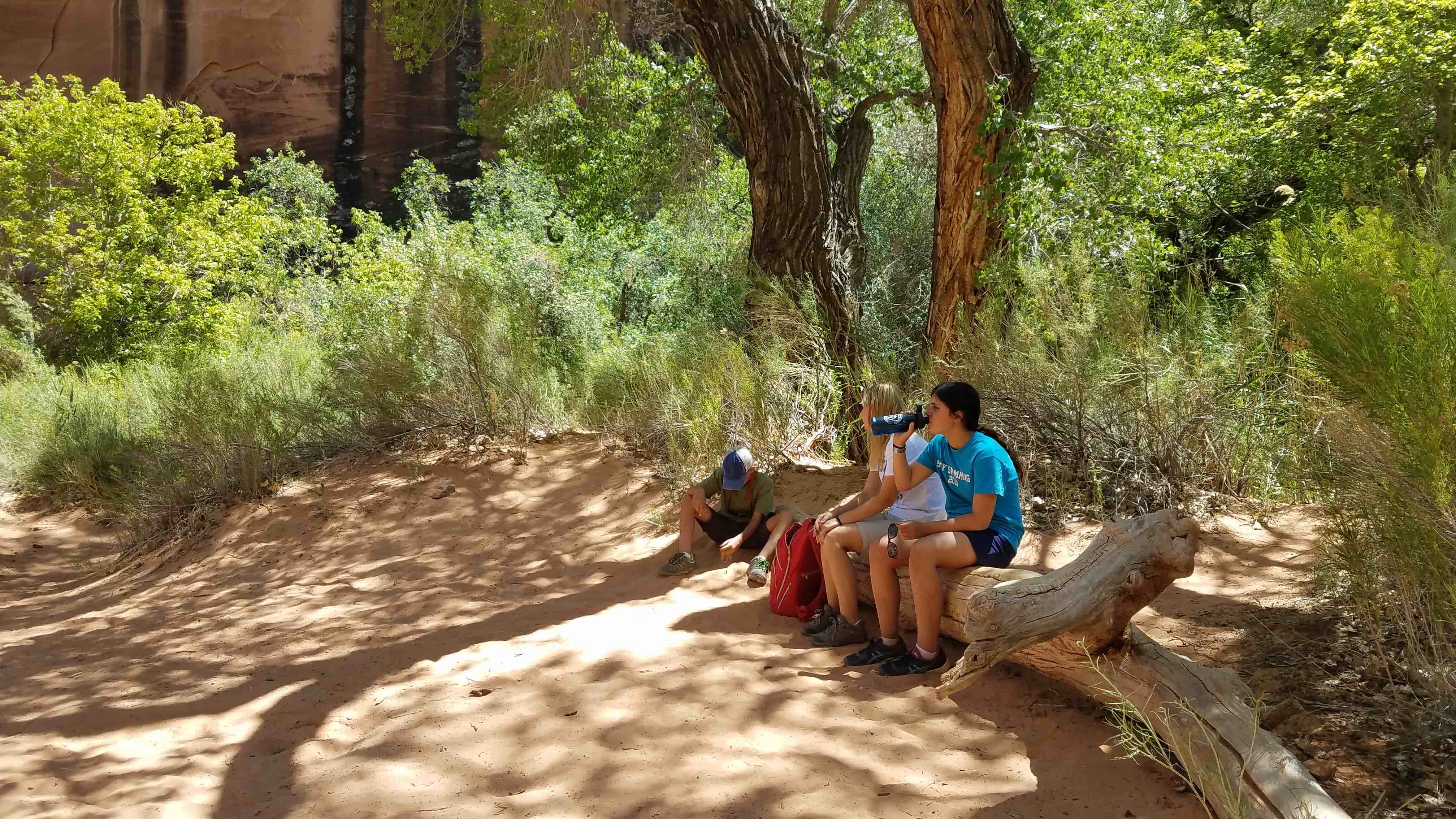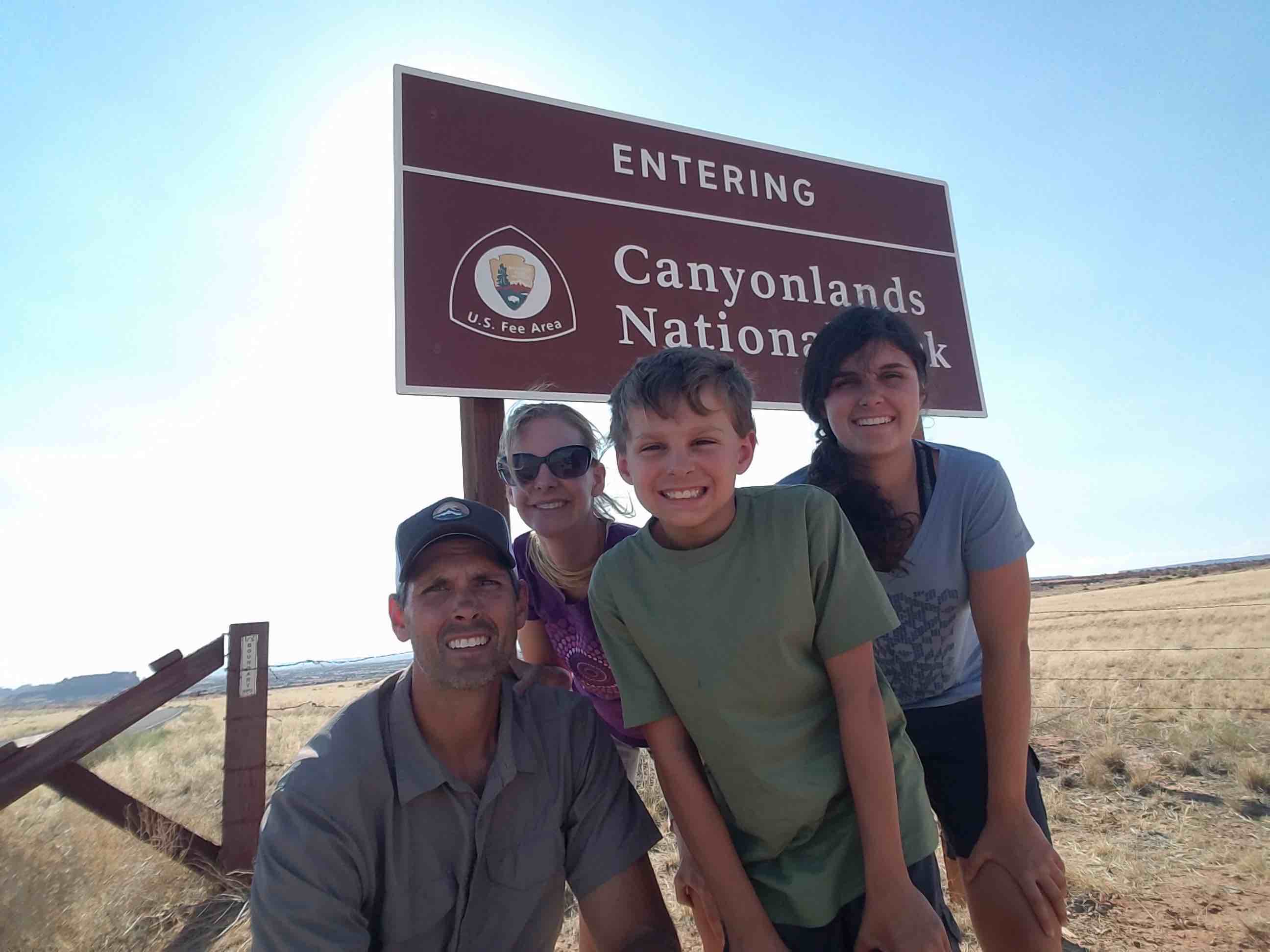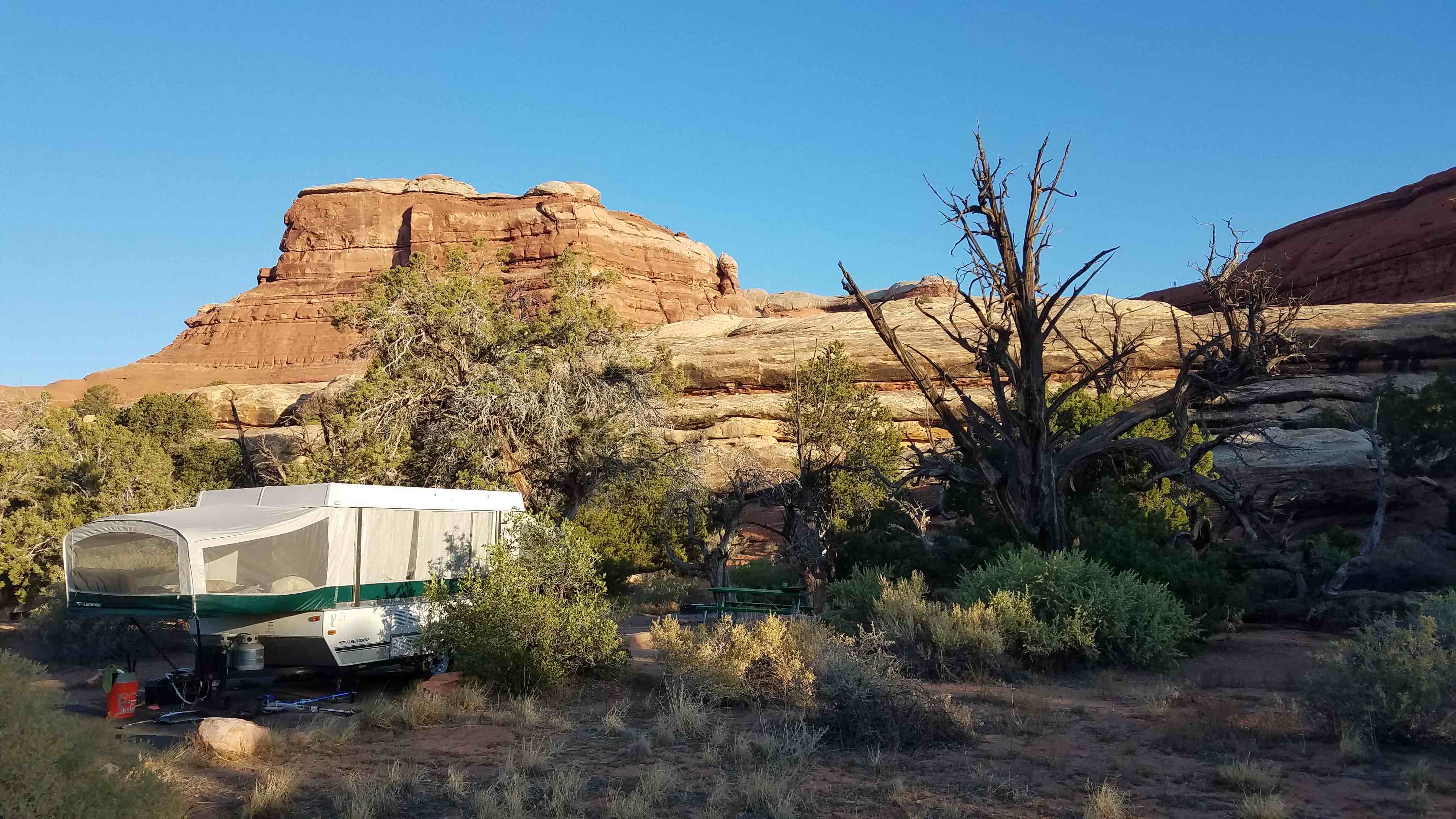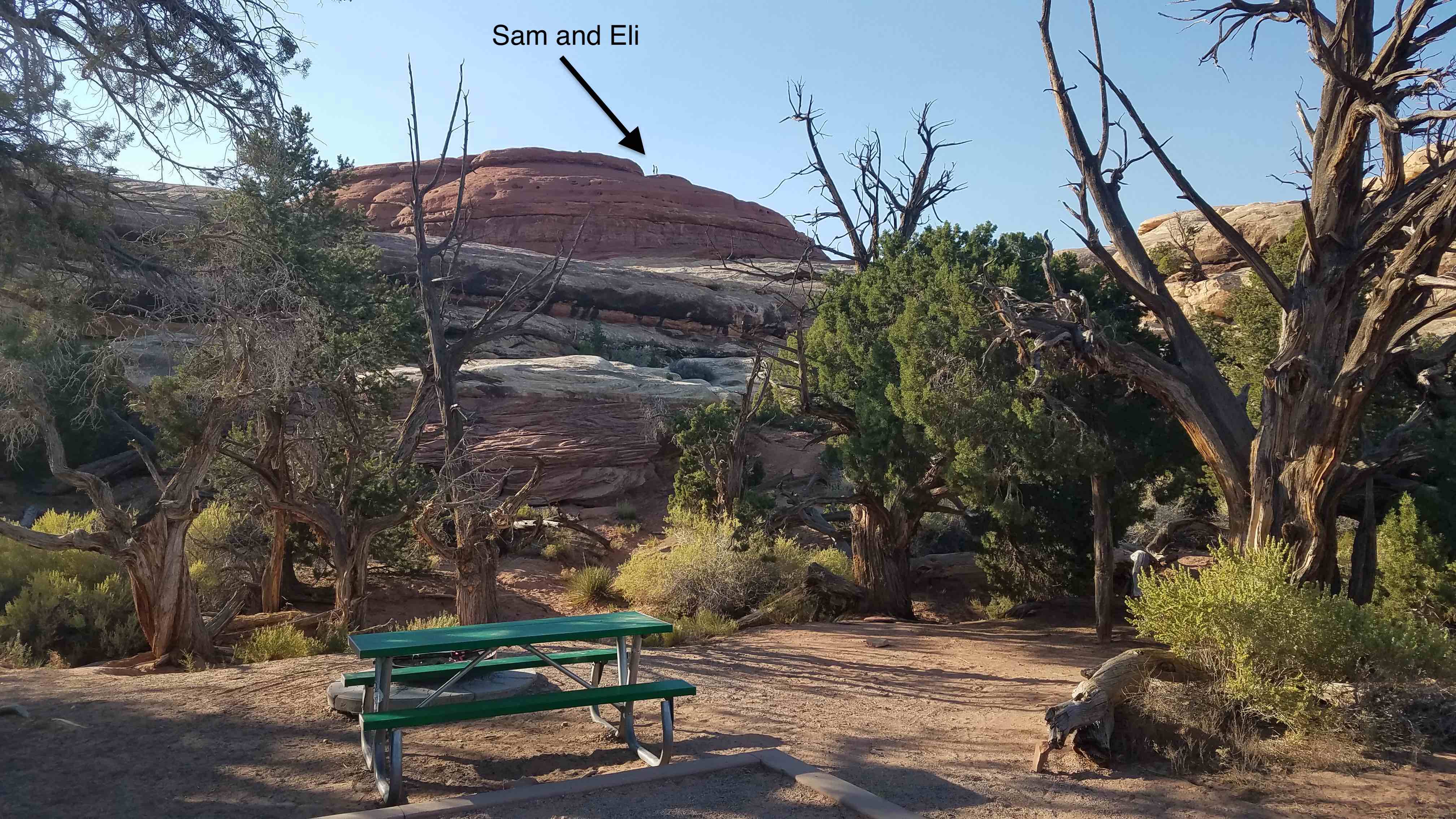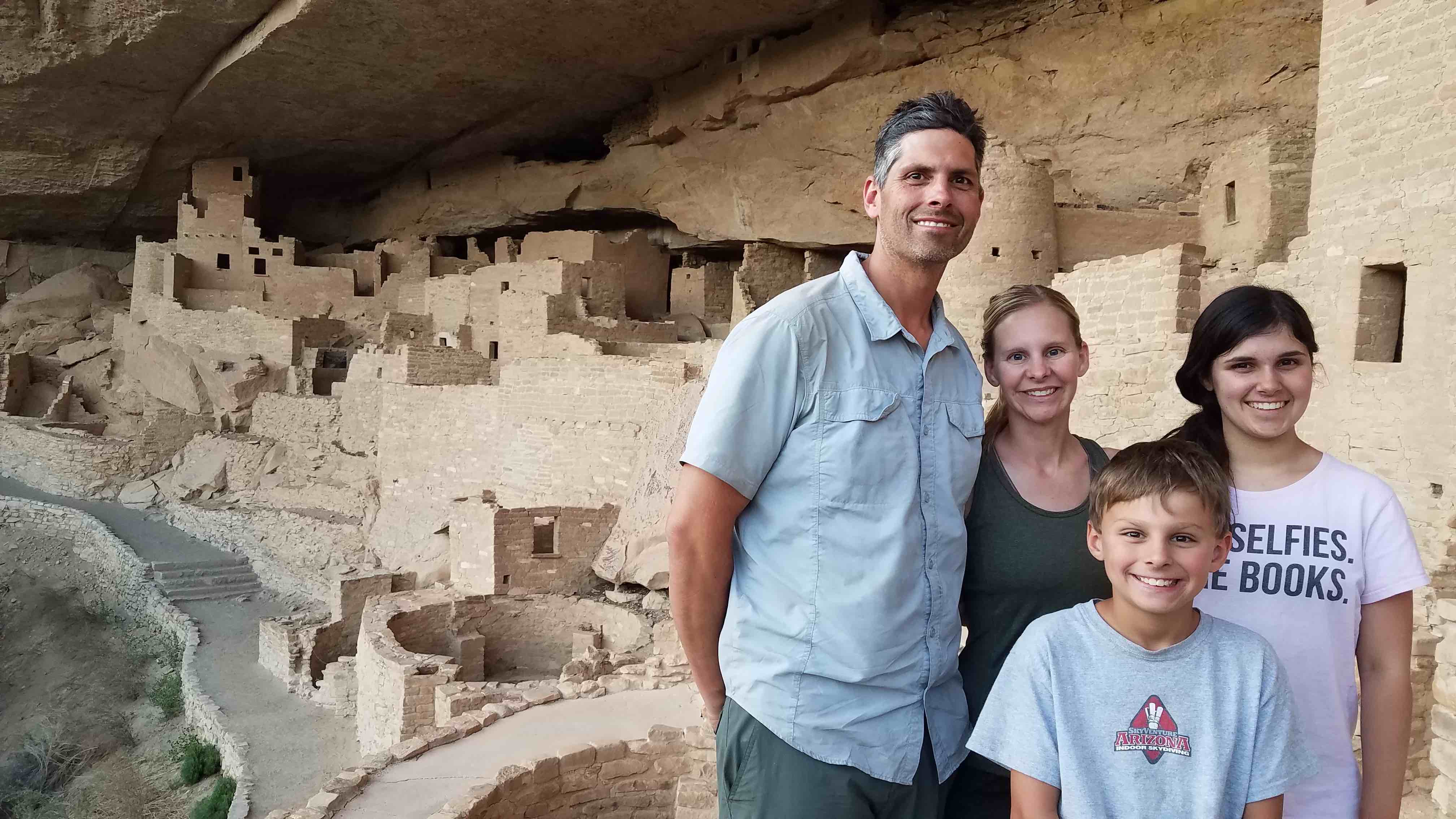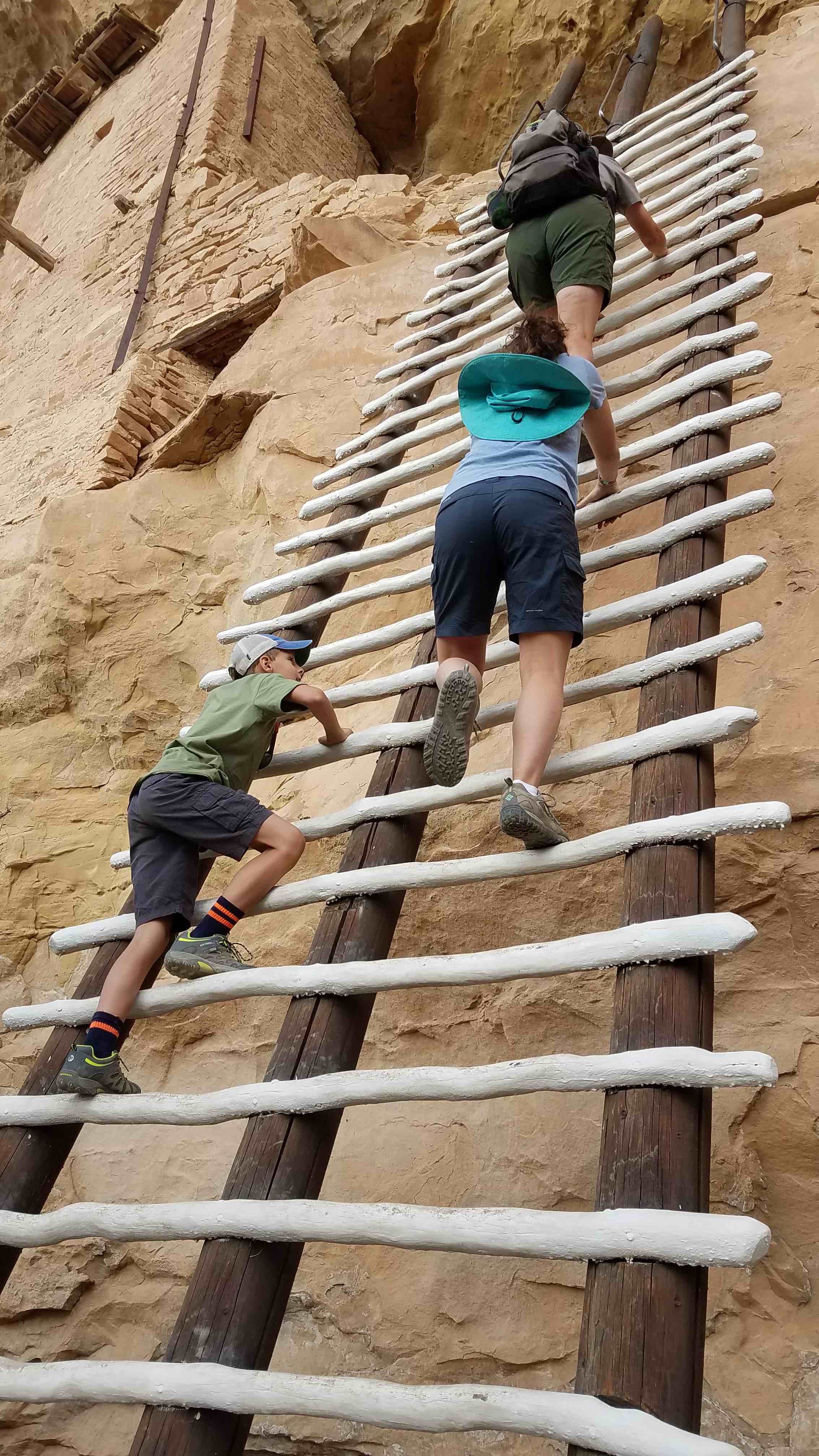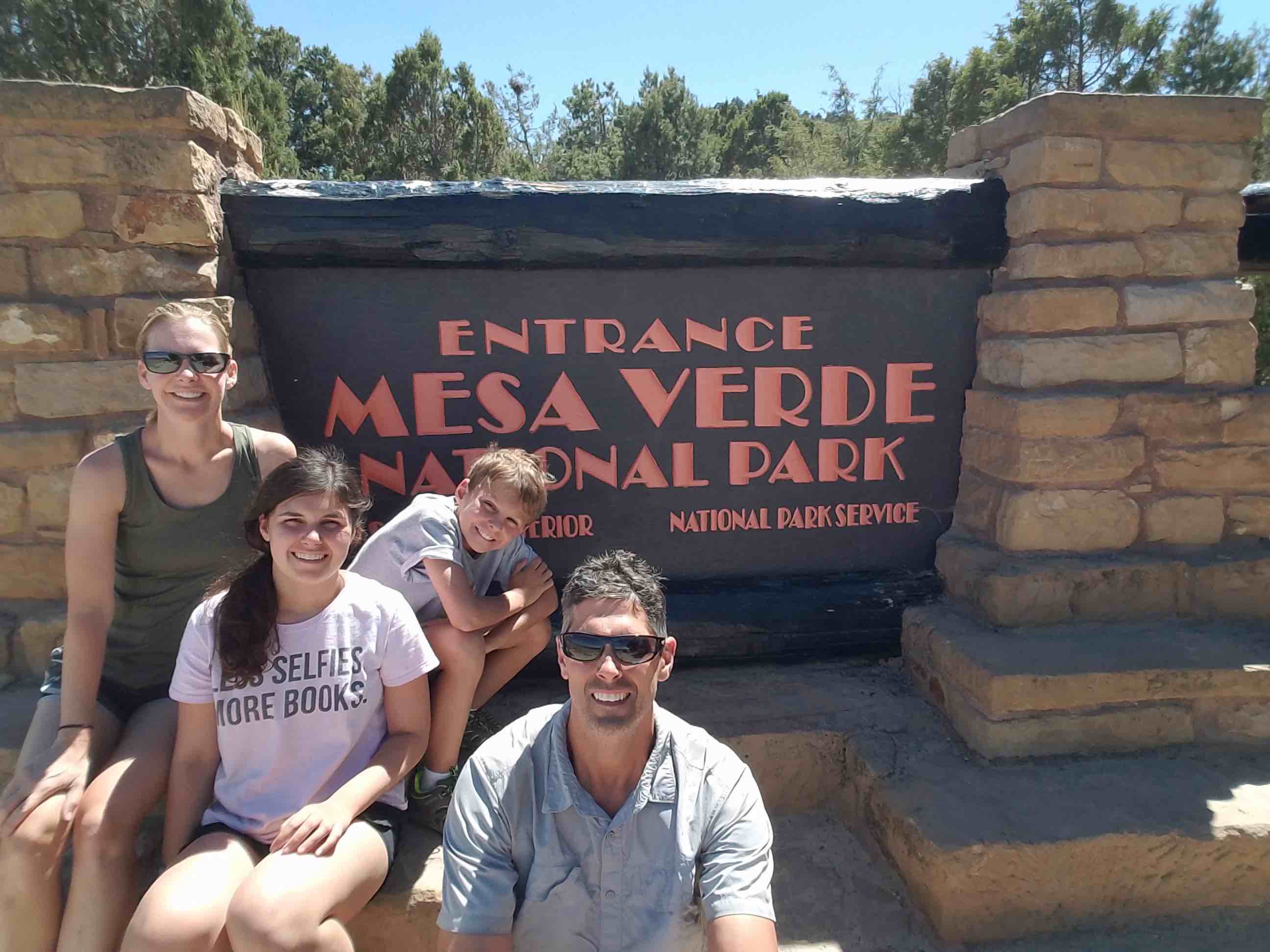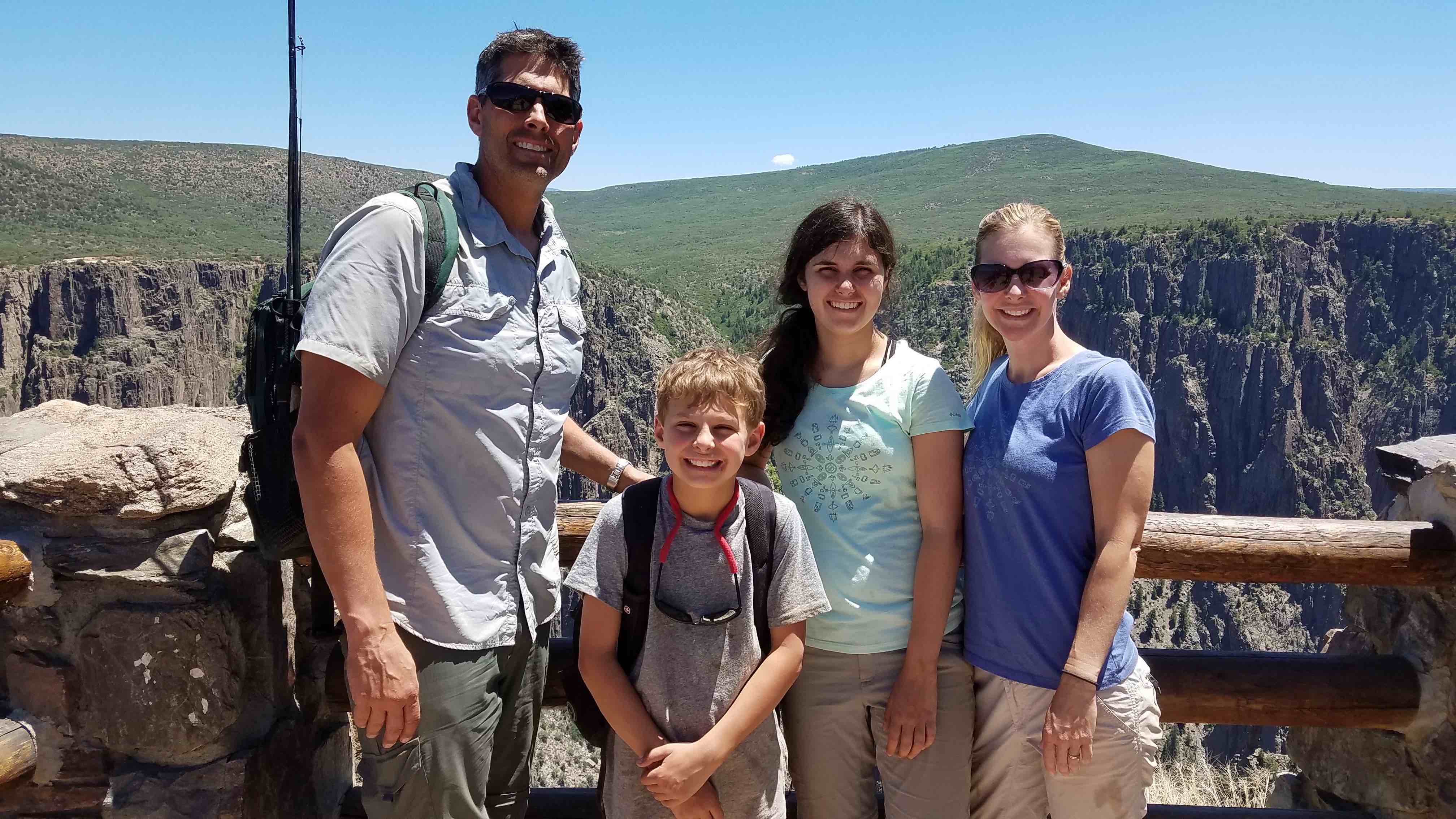By Samantha
At first glance, it was an ordinary forest that just had really tall trees. At second glance, it was an alien world with bizarre flotsam hanging off the trunks of ancient slumbering trees. This unique landscape has not been overlooked by filmmakers and has an impressive repertoire of movies grace its natural wonders. Over the years, Redwoods National Park has become a variety of movie sets, most notably becoming the Forest of Endor in The Return of the Jedi, and a canyon in Jurassic Park 2. So, when I arrived in Redwoods I naturally did the only thing a Lord of the Rings fan could do in a place that is the spitting image of Fangorn Forest. I flipped out. When we arrived in Fern Canyon, I would be lying if I said that I didn’t start choking back tears. The stone passages of the canyon were covered by a mass of quivering green fans, and dusty beams of sunlight filtered in through the gnarled trees up above. Waterfalls poured from the heavens and into the canyon, turning into babbling brooks of undiluted joy. The floor was a mosaic of swiftly moving streams, smoothly molded pebbles and fallen mossy trees. Except for the sound of rolling water, it was quiet. It was undoubtedly the most beautiful sight I had ever seen. It was all I could do stop myself from hysterically bursting into tears. When I found a hidden nook in a fallen tree, high above the rivers and tourists, I seriously considered abandoning my family and living there forever. I will always remember Fern Canyon, a place with a vivid green heartbeat and the place of my dreams. To me, Redwoods will always be much more than tall trees.
